If you get panicky in enclosed spaces or situations when you feel trapped, you’re not alone. Cleithrophobia is a well-understood and treatable problem. Learn more.
Updated: December 20th, 2023
Cleithrophobia: Definition
Cleithrophobia is a fear of being trapped. It is a “specific phobia” (as opposed to a social phobia). Cleithrophobia can affect adults or children. The disorder involves significant symptoms of fear or anxiety when one is actually trapped, fears being trapped, or thinks about being trapped. These symptoms can include:
- racing heart
- elevated respiration rate or shortness of breath
- elevated blood pressure
- sweating
- dry mouth
- trembling or shaking, especially in extremities
- chest pain or muscle tension
- full panic attacks
Lots of modern life situations can bring this on. Some examples include:
- small restrooms in bars, restaurants (or NYC apartments)
- small cars
- basements
- Halloween-type haunted house amusements
- trunks of cars
- submarines
- walk-in freezers (as found in restaurants)
- escape rooms
- caves
- mines
Cleithrophobia vs Claustrophobia
It can be quite challenging to tell the difference between cleithrophobia and claustrophobia. The important distinction between the two is that cleithrophobia is a fear of a situation. Claustrophobia, in contrast, is a fear of small or enclosed spaces — it is a fear of a type of place.

To illustrate this distinction, someone with claustrophobia might be anxious stepping into a small tent, but someone with cleithrophobia would feel fine. The difference is due to the perceived ease of exit, and the perceived likelihood of being trapped.
An elevator is usually challenging for people with either cleithrophobia or claustrophobia because it’s a small and enclosed space and there is always the possibility that the doors won’t open when they should. This is not the case with the small tent described above since the door (flap) is easily opened or closed.
What Causes a Fear of Being Trapped?
Theory from evolutionary biology
The field of evolutionary psychology offers a generally accepted theory for why people tend to have phobias of some things and not others. Over the course of thousands or millions of years, animals (and people) who had a fear of potentially dangerous situations were more likely to survive long enough to reproduce. That’s why people tend to have phobias of snakes, insects, rodents, germs, being trapped or enclosed spaces. People tend not to have phobias of situations and things that are quite unlikely to pose a threat (e.g., leaves, meadows, clothing, books). This theory also explains why people tend not to have phobias of things that are threats in modern life, but were not over the course of evolution.
There are two ways this can be borne out — some threats in modern life are unlikely to end our lives before we are old enough to reproduce (e.g., cigarettes, a sedentary lifestyle, deep-fried foods). Another reason is that some threats were not present over millions of years of evolution, so we have not evolved to avoid these threats (e.g., cars, cigarettes, opioids).
Trauma
Trauma is another factor that can lead to a fear of being trapped. This happens because of a life-threatening or similar experience that involved being trapped. It can also happen because someone has posttraumatic stress disorder (PTSD) and, as a result, is more reactive to stressors.
Treatment: Cognitive-Behavior Therapy (CBT)
Cleithrophobia is a treatable condition. It responds very well to exposure therapy, which is a form of cognitive-behavioral therapy (CBT). This therapy involves information about how phobias work, followed by exposures. An exposure is an exercise in which you intentionally spend time in the presence of a situation that scares you.
For someone with claustrophobia, this is relatively simple to do, although can be scary at times. In contrast, exposures for someone with cleithrophobia are more complicated because it is hard to intentionally put yourself in a situation where you are trapped (or might be trapped). For this reason, working with a CBT therapist can be helpful. A CBT therapist will work with you to make sure that your exposure exercises are manageable and helpful, and will have experience guiding people through a program of exposure exercises.
If fear of being trapped or a fear of enclosed spaces is a problem for you, please consider contacting us. CBT therapy for cleithrophobia and claustrophobia is short-term and effective. If you suffer from one of these conditions, consider having a one-time consultation to learn how CBT might be helpful for you.


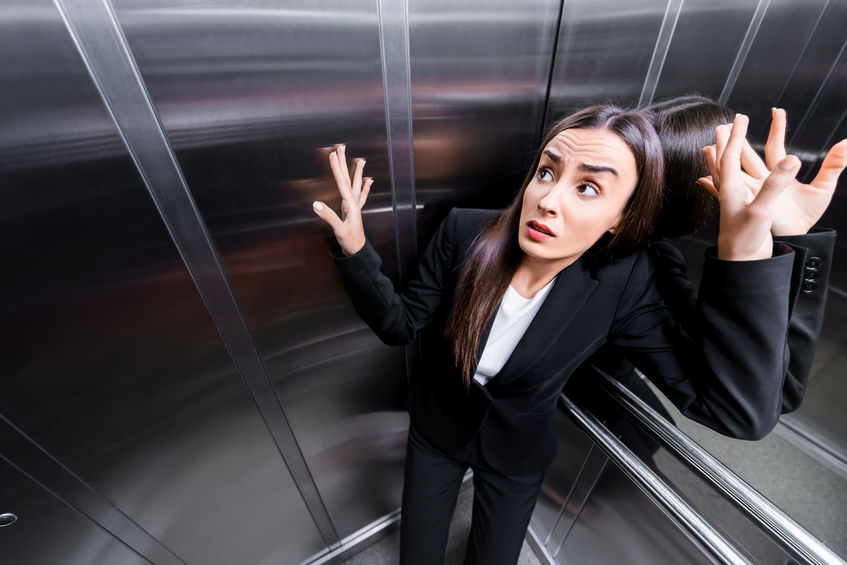

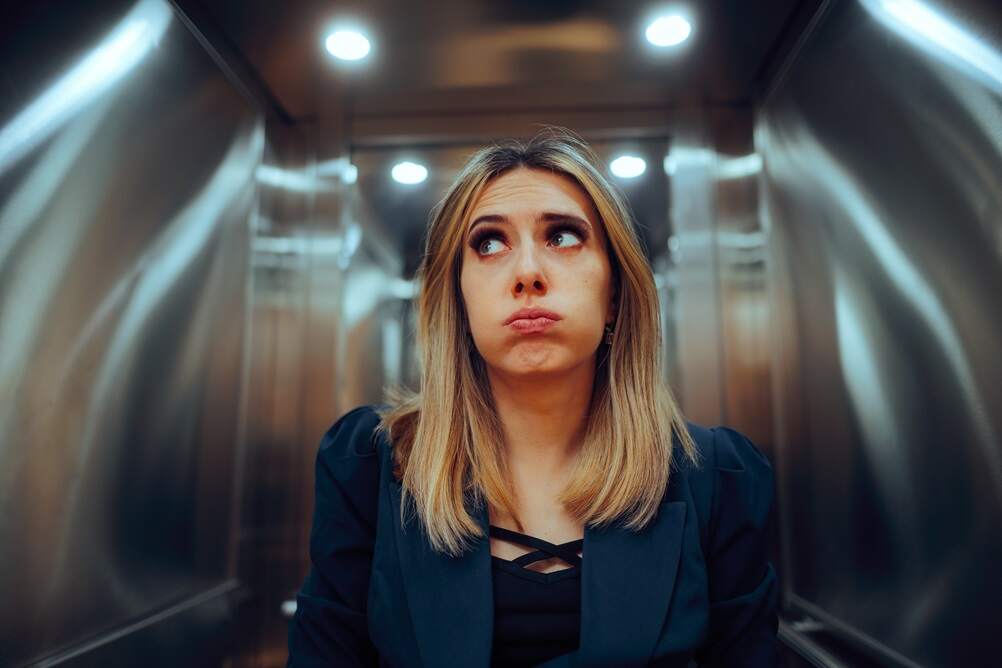
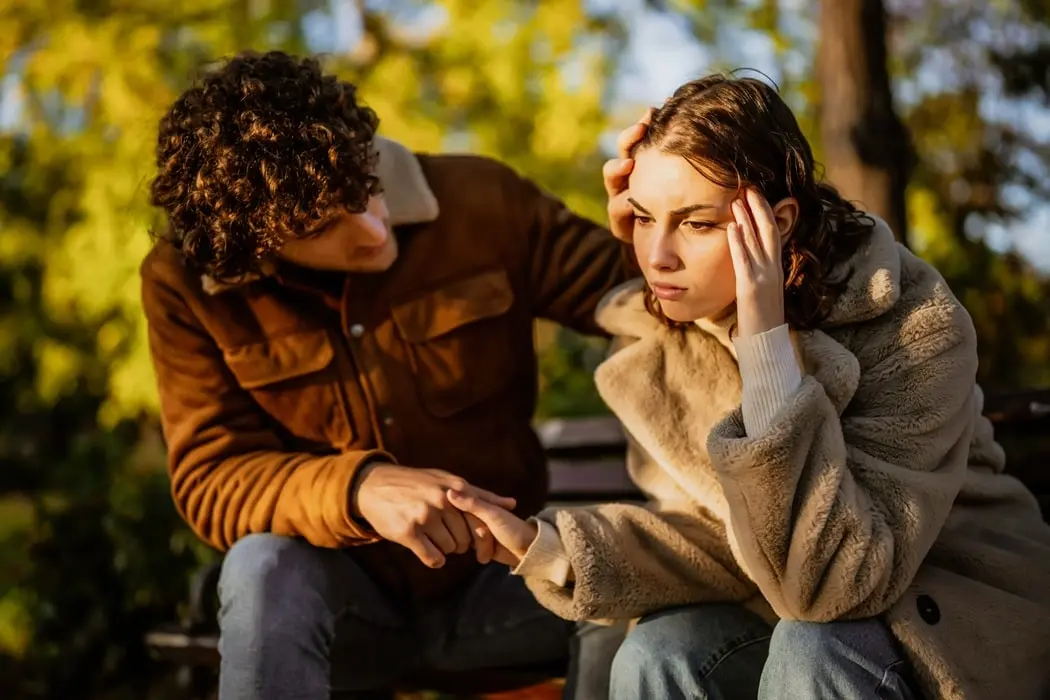
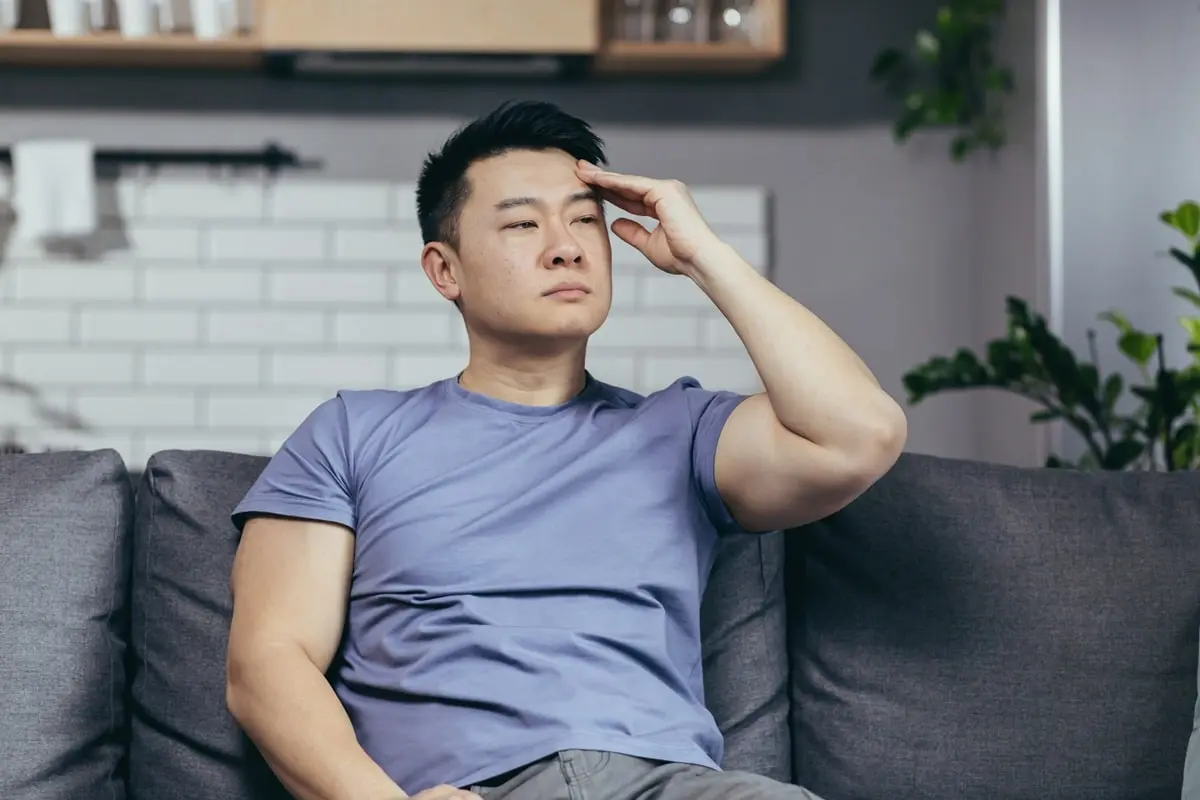
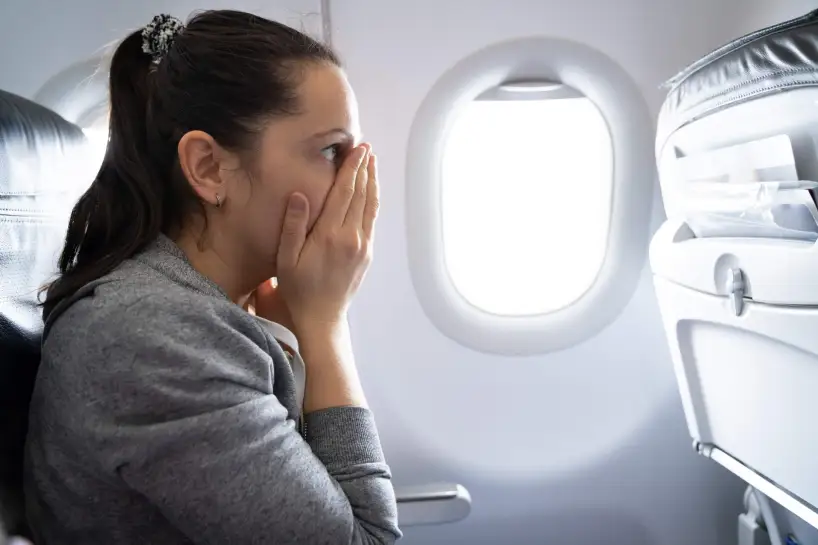

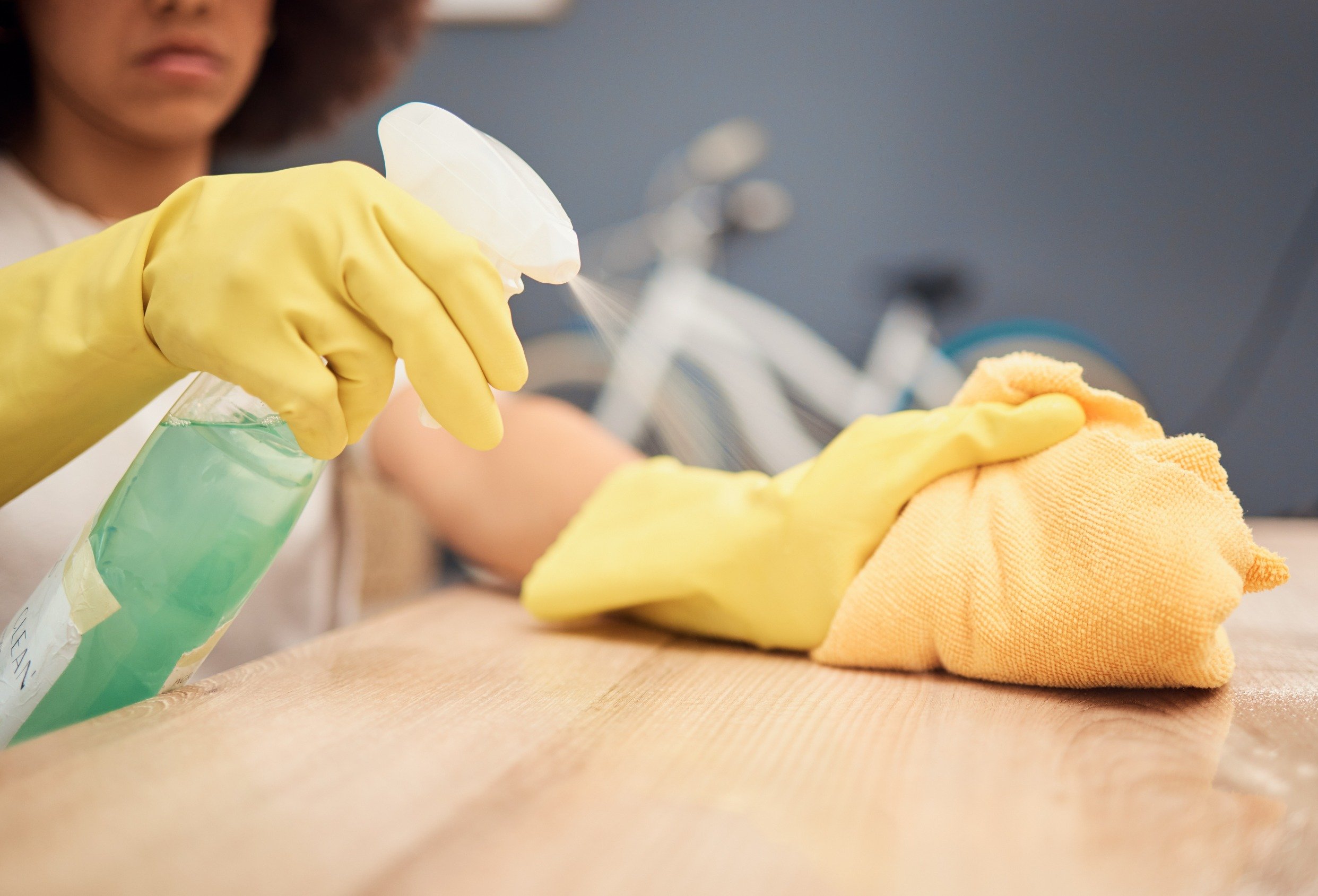
2 Comments